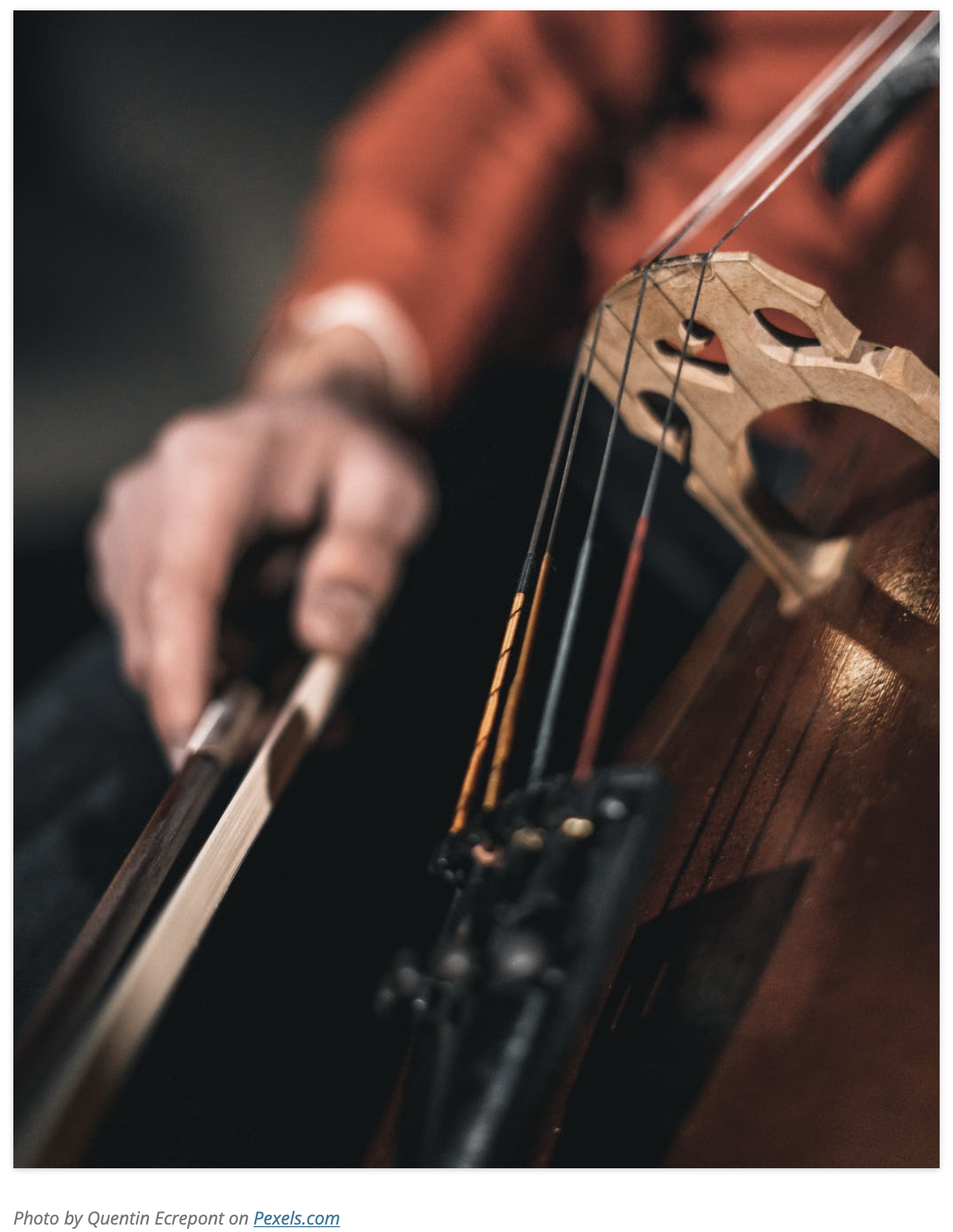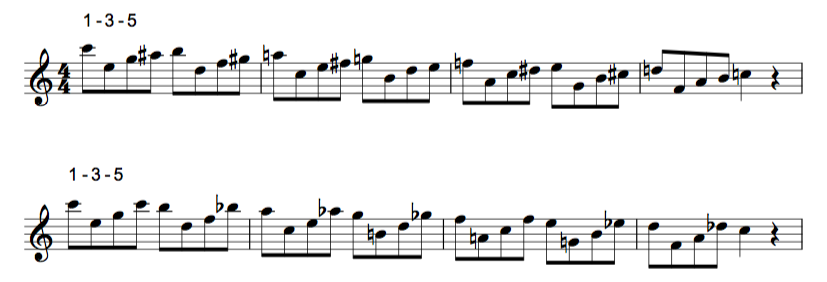A potential obstacle in improving technique for many musicians is the notion of “muscle memory”. Technically speaking, there is no such thing. Muscles don’t have the capacity to remember anything. But your brain does.
The thing most people call “muscle memory” is really about how the brain learns to communicates with the muscles, via the nerves, in a more efficient way.
When you practice a fine motor skill (like playing music) mindfully and diligently, the amount of conscious thought necessary for you to carry it out becomes significantly less.
In fact, it seems like you can do it with practically no thought at all, as if the muscles themselves are doing all the “thinking” for you (hence the term “muscle memory”). Kinesiologists sometimes call this “automaticity.”
But what has really happened as you learn a new skill is that the connections between the synapses (the little gaps between nerves that carry electrical impulses to send messages from the brain to the muscles) fire more readily.
The “synaptic chains” from brain to muscles have become (as a neuroscientist might describe it) more “highly potentiated”. There is an actual physical change in the groups of neurons that work together to produce the movement, specifically, they become wrapped up together in a fatty, insulating material known as myelin.
This is part of a biological process known in neuroscience as “plasticity”. As the saying goes, “Neurons that fire together, wire together.”
And it is crucial that this higher potentiation takes place, so that the necessity of conscious thought becomes lessened. You’d never be able to actually get very far in the music making process if all your conscious thought had to be spent on the motor/mechanical aspects of playing.
You’ve no doubt experienced how much more freely, expressively, skillfully and joyfully you play a particular piece of music, scale pattern, form, etc. (whether interpreted or improvised) when you don’t have to “think” too much to play it.
Yet there can be a downside to taking this “playing without thinking” idea too far into your practice process and routine.
Specifically, you can be tempted to reduce difficult technical movements to mindless mechanical repetition, as if you really were simply “training” your muscles. If this happens, there are three potential pitfalls:
1. You risk becoming less aware and mindful of what you are doing with your whole self as you play, inviting harmful, inefficient habits of movement to creep into your playing.
2. You hyper focus on the part of your body (e.g., your fingers) that is doing the work, which actually can interfere with your coordination as you play.
3. You put your musical/aural/expressive self in the back seat of the music making process.
All three of these things are interconnected, but I’d like to bring to your attention the particular connection between points 2 and 3.
When you over focus on the purely biomechanical process of “moving your fingers correctly”, for example, you are using your brain in a particular way that is not conducive to the holistic process of making music. Why? Because the aural/expressive component has been mostly removed.
When this aural/expressive context is absent, your brain coordinates the mechanical movement in a way that really has nothing to do with playing music.
It’s sort of like faking a smile. It seems like the same muscles are doing the same work in the same way, but your brain is organizing the movement (the smile) in a manner that has nothing to do with the natural responses that would elicit the smile (joy, pleasure, etc.) If you’ve ever had to “fake” a smile, you’ll probably remember that it feels forced, unnatural and full of excess effort.
Now, for sure, there is a time and a reason to take a challenging technical passage out of context, out of time, and into mechanical consideration. It gives you a chance to slow things down and observe. It can also give you chance to make better decisions (about fingering, breathing, articulation, etc.)
But once you’ve spent a bit of time in that analytic/mechanical mode, it’s time to put it back into the context of sincere musical expression.
It’s probably no mystery that many of the great classical virtuosi claimed not to have practiced mechanical, “un-musical” exercises (like running scales up and down their instruments for hours at a time). They instead, worked on practicing music.
This is perhaps one of the greatest values of playing an etude. Good technical etudes tend to turn mechanical challenges into meaningful music. They help to integrate the aural/expressive and the motor/mechanical seamlessly together in the brain.
Unfortunately, the “mindless motor repetition” practice can help to a certain degree, and that’s why (too) many musicians spend a good deal of time working this way. All this experience of repeated movement patterns can certainly help “potentiate” the movement itself more readily.
But it comes at a price:
Wasted time (there is definitely a point of diminishing returns here!)
Inconsistent performance (the good performances are always aural/expressive by nature)
Focal dystonias and other coordination issues (arguably caused, in part, from consciously attempting to micro-managing the motor activity in playing your instrument)
So take those few moments to deal with the mechanical. Then put it all promptly back into the context of making music. If you’re working on a difficult passage from a particular piece, bring it back into the context of the entire piece as soon as possible, even if it isn’t as clean as you’d like it to be.
If you’re an improvising musician working on a particularly difficult technical movement, find a way to turn it into meaningful music, rather than just repeating it over and over as a sort of calisthenic.
And of course, any time you struggle to play a particular thing, make sure you sing it. This will help you crystalize the sound in your imagination, and will aid your brain in organizing the coordination necessary to play it.
Strive towards making even the most challenging passages part of your self-expression. Your technique will improve, and you’ll make your most authentic music.



